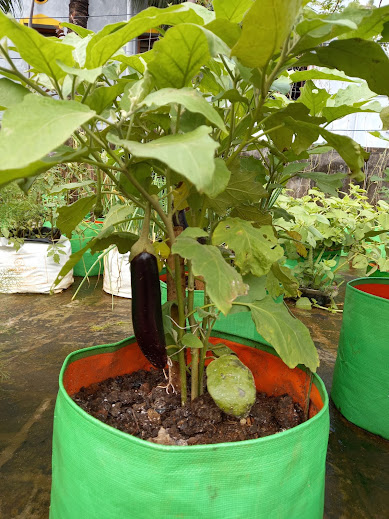Harvesting Zucchini in Terrace Garden

Zucchini can be harvested at the moment they reach a usable size about 6 to 8 inches in length Generally zucchini is harvested when its tender and they have good flavor when they are young . Also smaller fruits have superior taste Zucchini can grow 1 to 2 inches a day Zucchini that grows very large will be pulpy , seedy, and bitter flavored. Carefully cut fruits off the plant with a knife or pruners when zucchini are between 3 and 8 inches long. Leave about two inches of the stem to remain on the fruit. To help them store longer , harvest with at least an inch of stem still attached. If grown correctly and healthily , you should be able to harvest zucchini multiple times in one growing season. Home Gardening Ideas





